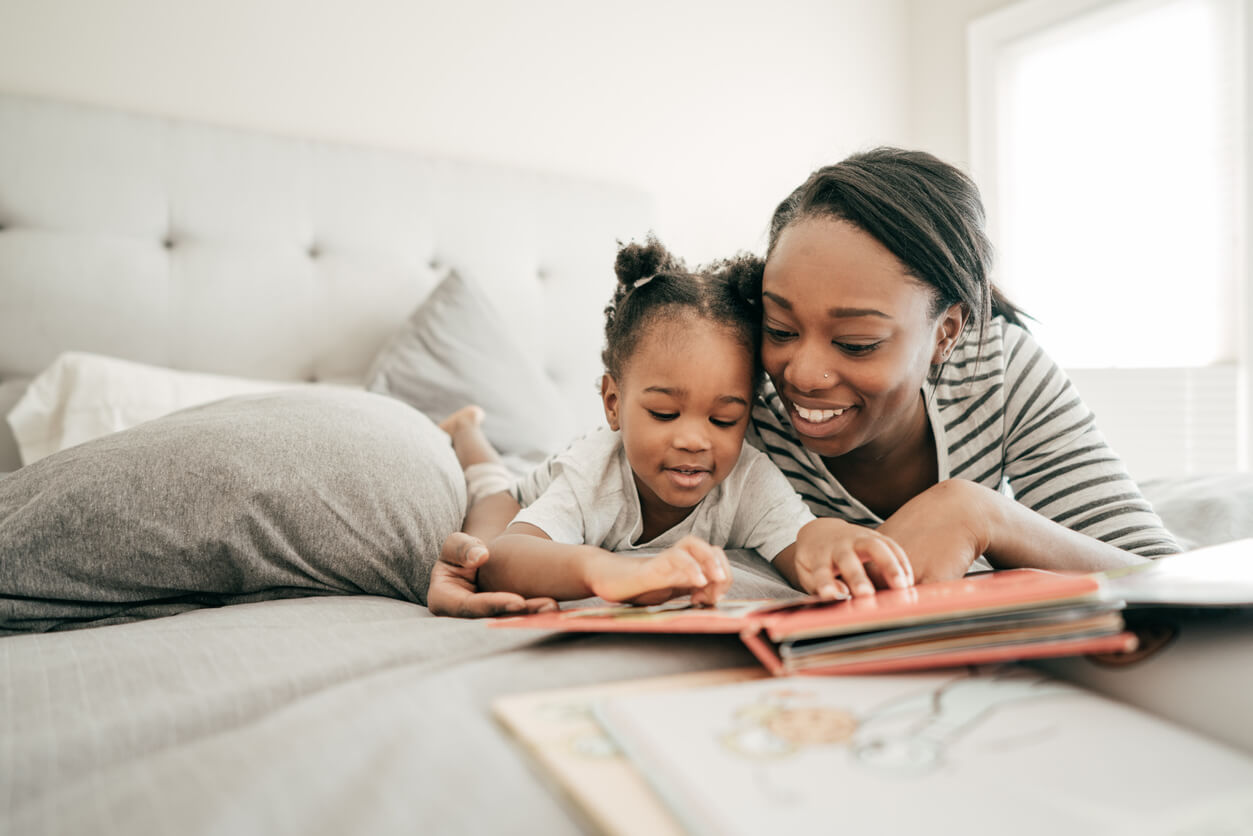Waiting is a powerful technique I use in speech therapy to support a child’s use of words and language building. It is also an important lesson that is taught in our Parents and Children Communicating (PACC) group at the clinic, which utilizes the Hanen “It Takes Two to Talk” program.
A fundamental lesson in the Hanen program is called “OWL.” This stands for: Observe, Wait, Listen. When you OWL with your child, you open up more opportunities for communication.

Try to start interactions by getting face-to-face with your child. Face-to-face time with your child provides time to connect more easily and share the moment. When you can see each other and hear each other, you begin to understand each other’s messages better. It is easier to encourage your child to communicate when you are face-to-face with them.
Now that you are face-to-face with your child, it’s important to also wait. As a pediatric SLP, I do a lot of talking, but I also spend time with children waiting. Waiting is an incredibly powerful tool. Waiting gives your child the chance to to either initiate an interaction or respond to something you have said or done. When you WAIT, you should do three things:
- Stop talking
- Lean forward
- Look expectantly at your child
When you wait, you are also giving your child extra time to process information. This is particularly helpful for children with a language delay that often requires extra time to process information that they hear. The most important thing about waiting is to give your child enough time to understand that you are expecting him/her to send you a message. The message can take lots of forms – a sound, a word, a gesture. Anything your child does to make their needs known is a message.
Here is another tool you can use when waiting, It’s called “give a little bit… then wait:”
- By giving just a few, you give your child the opportunity to request more;
- Give a few crackers, instead of the whole package;
- Then WAIT and be sure to have the rest of the crackers in sight so your child knows there are more;
- When your child gives you a message that they want more, provide them with a few more crackers;
- By immediately giving more crackers, you reinforce the communication;
- The more positive reinforcement your child receives for communication, the more they will send messages to you.
Jillian Little, M.S., CCC-SLP
Speech, Language Pathologist







